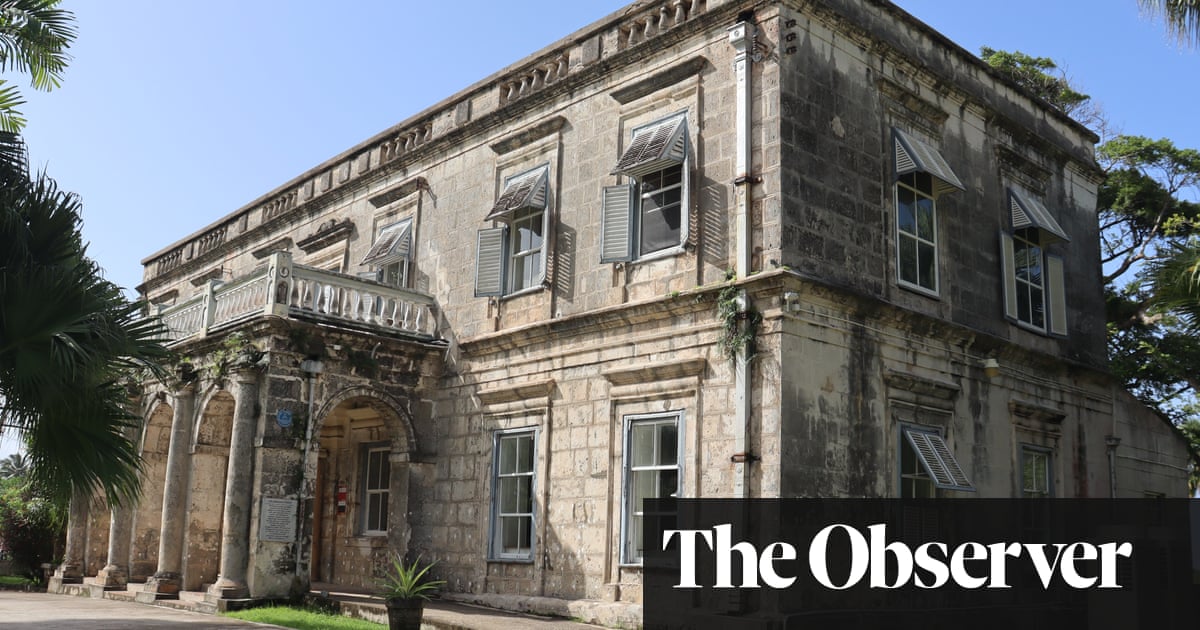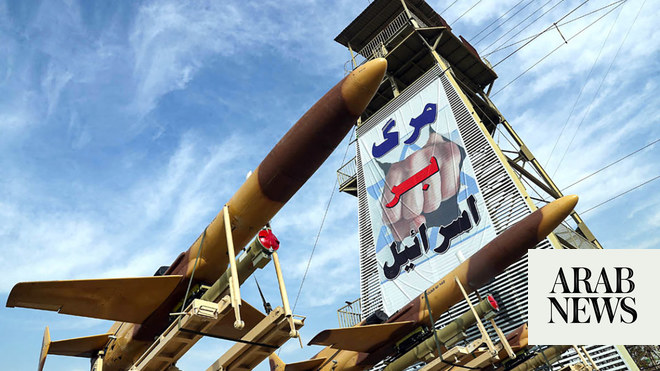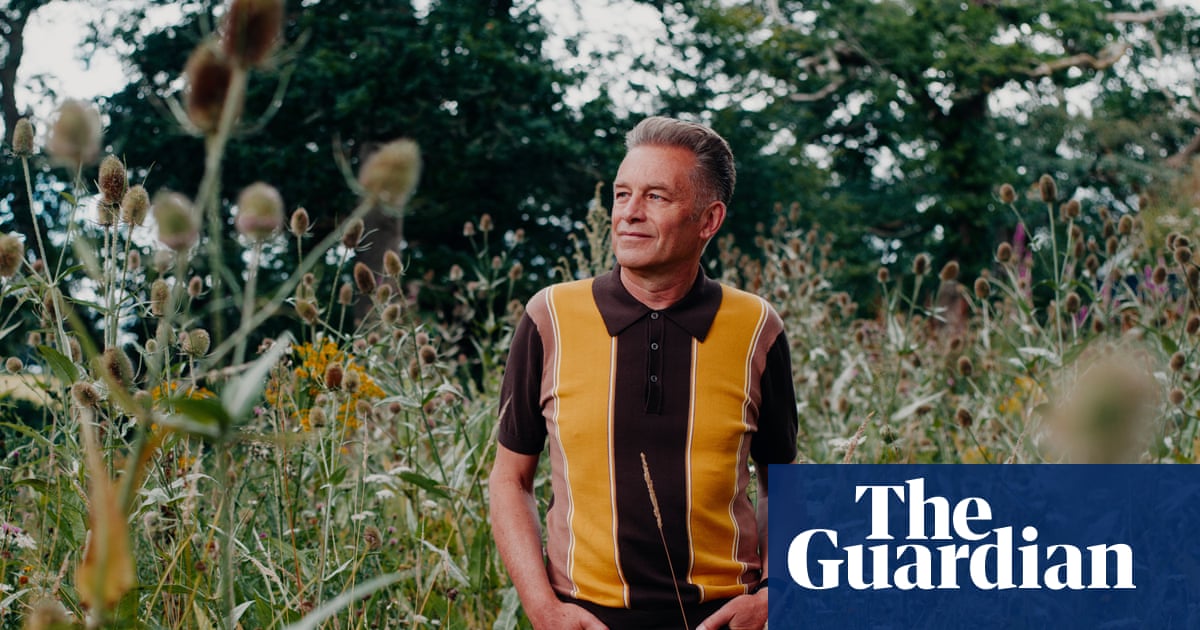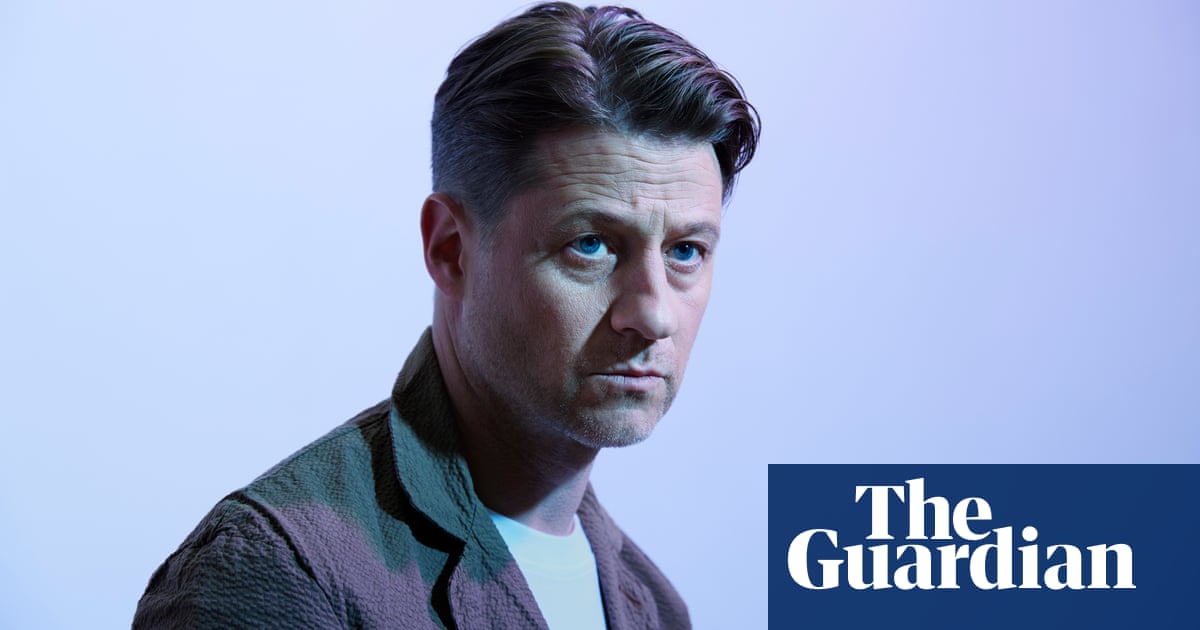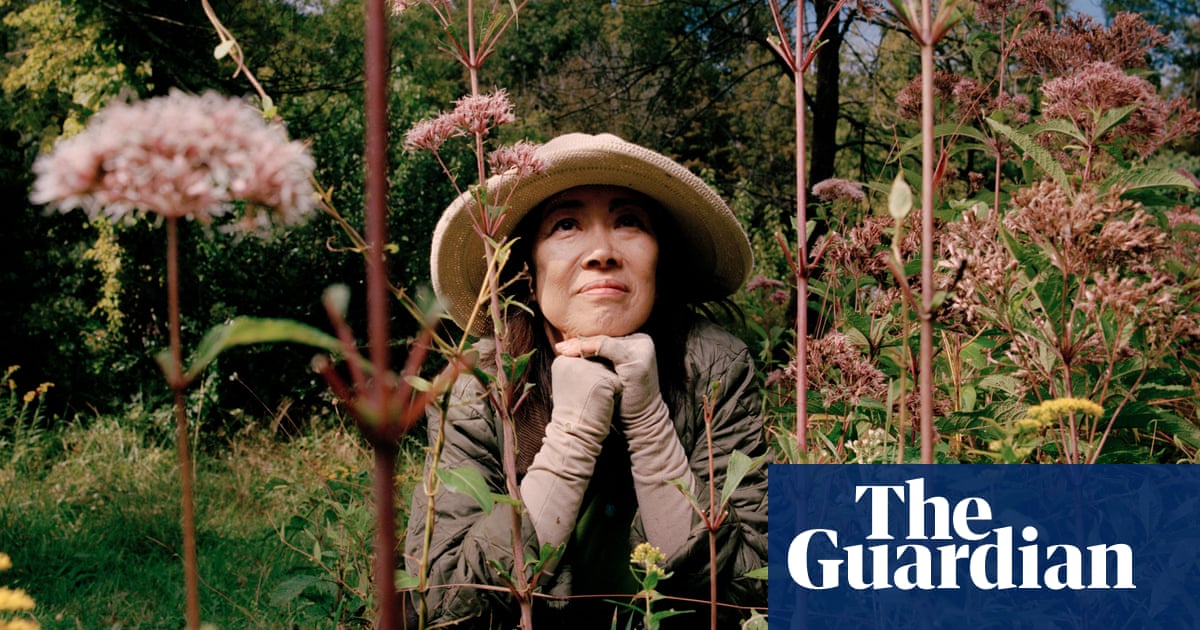
Iwas working as a financial services lawyer in urban areas like New York, Tokyo and Hong Kong for 30 years. My family came back to New Jersey because my youngest daughter had really bad allergies to the pollution in Hong Kong at the time. The whole forager thing started because we bought this major fixer-upper, and I had ideas about gardening. But everything I planted died. I was working, I’ve got three kids, so I didn’t have time to look after things.
I started looking at what was already there. What grows naturally? I was captivated by how beautiful some of these native plants are. And then my neighbors who are naturalists came over and explained the ecological difference between invasive plants [which are non-native to the ecosystem and whose introduction causes harm to human or ecological health] and native plants, which are indigenous species that occur naturally in an ecoregion without human introduction. That was my first lightbulb moment. I started to totally geek out on knowing what different plants are. I would read plant books in the bathtub after a long day of work.
My dad had some friends come over who asked about the invasive Japanese knotweed I was trying to get rid of, and they said, “Oh, we eat this in Japan – it’s supposed to be really good for you.” That was my second lightbulb moment: you don’t have to feel so depressed about being a failed gardener, because you can use the invasive plants. A lot of them are from Asia, and where they come from, they are revered and used as special foods.
My third lightbulb moment came about when I was looking for more recipes, because I was trying to figure out how to eat all these plants I had growing around me. Friends of ours invited us to come to restaurant Daniel [an upscale Michelin-starred restaurant in Manhattan]. They said, “Bring in stuff from your meadow, and tell them to make it into something for dinner.”
So I brought in anise hyssop [a lavender-flowering perennial in the mint family], and [executive chef] Eddie Leroux was super interested. He put it on a dish with Iberico ham and melon, and then Dominique Ansel, the inventor of the cronut, who was the pastry chef at the time, made it into this dessert. Afterwards, we went into the kitchen, and Eddie goes, “What else do you have in your meadow?” I’m like, “I have 225 plants, what are you looking for?” And he’s like, “Bring me everything. I’ll pay you.” I said, “No, you don’t need to pay me. I just want recipes.” I was only bringing a shoebox full of stuff, anyway.
I was still doing my job, but I was obsessed with this. I would walk to the restaurant at 10 o’clock in the morning, and Eddie would take whatever I’d brought, document it, and then make everybody [in the restaurant] make something with it – braised, fried, raw. We did this every week; we called it “the project”.
After nine months or something, that’s when Noma [a foraging-focused restaurant in Denmark] took off. Then everybody was interested. The next season, everyone was saying to me, “We want nettle.” I had to start bringing nettle on the subway in garbage bags – the security guards would be like, “What’s in that bag?”
And then [Eddie and I] got contacted by Random House, because they wanted to do an American foraging book that “doesn’t have reindeer meat”. And we’re like, why not? After Foraged Flavor came out, we got nominated for a James Beard award, and other chefs started contacting me.
At some point I started charging people. I had a perfectly good job, and in the winter, I would still go back on a consulting basis and work on projects. But in the spring, I would be like, “The field is calling!” Eventually, it just got to be such a grind to have to go in and sit under the fluorescent lights that I gave my “day job” up. These days, I have a few other people who work for me in the on-season, too, and I supply for other restaurants in New York, too, including Oxalis, Atomix and Eataly.
Though foraging is very new for a lot of people here, for many ancient traditions and cultures outside of the US, it’s normal. A lot of countries don’t even call it foraging because it’s just common sense. I was always foraging growing up, I just didn’t call it that. My mother is Chinese and she was born in Hawaii. She came from a culture that believes food is medicine.
Now there are more people sharing about foraging on social media, and that’s great. But what I’m trying to do is impact the food supply chain and actual practices. If somebody is working with a “weed” at some restaurant, then people will feel more comfortable trying it, because otherwise people are very hesitant about eating new things.
Food shifts really quickly from a chef’s world to specialty farmers markets, and eventually, it ends up at Olive Garden. Twenty years ago, fried calamari was only on the finest dining plates. Now you can get it at fast-food restaurants. This process is happening faster and faster. I’m trying to get into that with foraged foods and “weed”. I think if you’re talking about climate change, this is going to have to be part of what we’re eating in the future.
Tips for beginning foragers
Start with the plants around you
There are a lot of resources for foraging. You can start by just walking out the door and seeing what’s growing near you. Then you need to know what the plant is and if it’s edible. There are foraging meetup groups, and plenty of books dedicated to the country or region that you happen to live in. You can also get the iNaturalist app, post a picture of a plant on there, and people will comment about what it is.
Start with stuff that’s pretty easy, like a dandelion. Get to know the plants around you first; don’t try and learn 100 plants. When you develop the relationship – let’s say with the dandelion – you’ll notice at different times, it’s growing really green in the middle, and those are sweeter than the outside leaves, and so on. It used to be that dandelions only had good leaves in the spring, and once they flowered, they weren’t good anymore. But now, with climate change, there are dandelions flowering in the fall. It’s all wacky. So it’s hard to give any rules; all you can know is what’s happening in the time and place that you are. That’s what’s fascinating about it.
Find the right land to work on
If you don’t have land, go to somebody that does, and ask if you can pick something on it. A lot of people I work with don’t have that much land at all. They just know their neighbors. That’s what I’d say: know your neighbor. It doesn’t have to be some rich person, it can just be the auto repair shop that has a fallow back area.
If you’re in a suburb or something semi-urban, there’s a lot of fallow land. If you work in an office, or belong to any kind of church or synagogue, a lot of times people are spraying the surrounding land and making it into a lawn. But you can get together with your community and say, “We want this area put aside for our foraging slash garden area.”
The main thing to be careful of if you live in the city is the soil. There’s a history of industrial usage in Manhattan and Brooklyn, so you do need to be careful. And it’s illegal to forage in many parks. Because if opportunistic people go in and start taking everything, it’s really bad. I talked to the parks department about Central Park, asking, “Can’t we just forage invasive plants?” And the guy was like, “No, because I don’t have the manpower to supervise that.” He sent me a picture of somebody with a cherry tree that they had dug up and put in their backpack while “foraging”.
Know how much to leave behind
It’s all about respecting nature and the plants, so you’re actually stewarding, not raping the land. People will say, “Make sure you take only 30% of whatever you’re foraging.” To me this is not a good rule of thumb, because if people keep coming by, and they each take 30% of what is still there, it doesn’t work.
That’s why you have to start with the specific plant. My code of foraging is red, yellow, green. If the plant is invasive, that’s green: you can take all of it. For native plants, they’re not too fussy about the conditions, and you’re not taking out the whole plant: that’s yellow. Red would be plants that are declining; those I am probably actively propagating.
Even if you just have an indoor plant, and some weeds grow in it, see what those weeds are. People have sent me stuff from plants they have in containers – like they tried to plant a tomato plant, it died, and something else came up. And guess what it was? This amazing upland cress.
It’s all about developing your own skill of observation. That’s what’s great about it – nobody knows everything, so the whole thing keeps you very humble.








